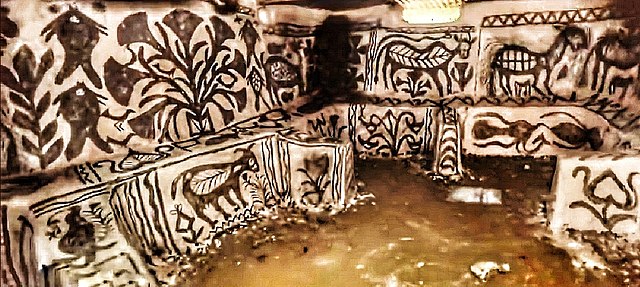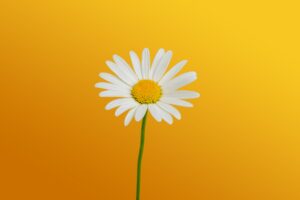Sohrai art is a traditional, tribal art form from Jharkhand, India, primarily known as a wall painting style. It features bold, symbolic imagery, natural earth colors, and motifs related to nature, village life, and rituals. Traditionally, Sohrai paintings were created by women on the mud walls of their homes during the Sohrai harvest festival. [1, 2, 3, 4]
Key Characteristics of Sohrai Art: [2, 2, 5, 5]
- Natural Earth Colors: Sohrai artists use natural pigments derived from the surrounding environment, like clay, mud, and charcoal, resulting in a palette of reds, blacks, yellows, and whites. [2, 2, 5, 5]
- Motifs: Common motifs include animals, particularly cattle, birds, plants, geometric figures, and representations of deities like Shiva. [1, 1, 4, 4]
- Symbolism: The colors and motifs carry symbolic meanings, representing life, spirituality, and the connection to nature. [4, 4]
- Traditional Techniques: Chewed twigs or cloth swabs are used to apply the paint, adding to the unique texture and character of each piece. [2, 2, 4]
- Matriarchal Tradition: Sohrai painting is a matriarchal tradition, passed down from mothers to daughters. [2, 2]
- Festival-Related: The paintings are often created in conjunction with the Sohrai harvest festival. [4, 4, 6, 6]
- Beyond Walls: While traditionally a wall painting form, Sohrai art is increasingly being practiced on paper and canvas. [3, 3, 7, 7]
Generative AI is experimental.
[2] https://www.maatighar.com/sohrai-paintings-of-jharkhand
[3] https://baroart.in/collections/sajwa-devi
[4] https://dirums.com/collections/sohrai-paintings
[6] https://utsav.gov.in/view-event/sohrai
[7] https://mapacademy.io/article/sohrai-painting/
Not all images can be exported from Search.
https://www.instagram.com/vidushini.prasad/reel/C9nRshXIpYl

from wikimedia commons ( image)











